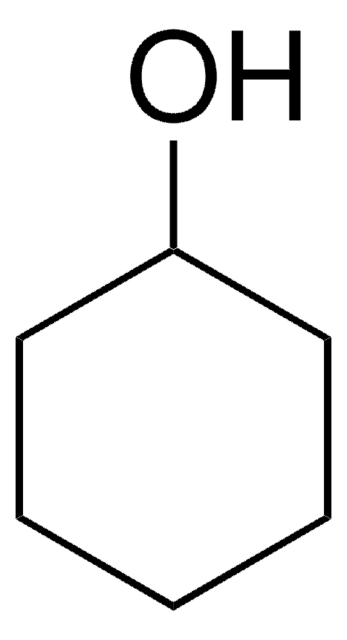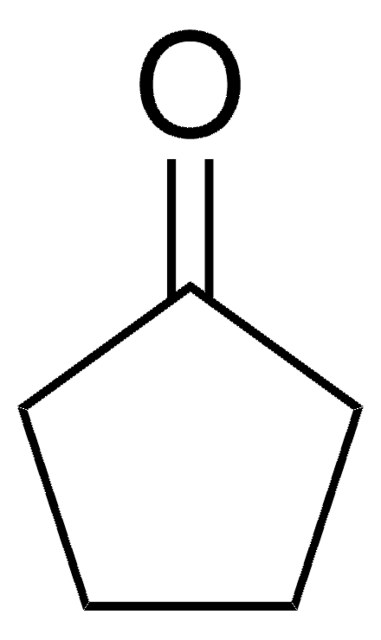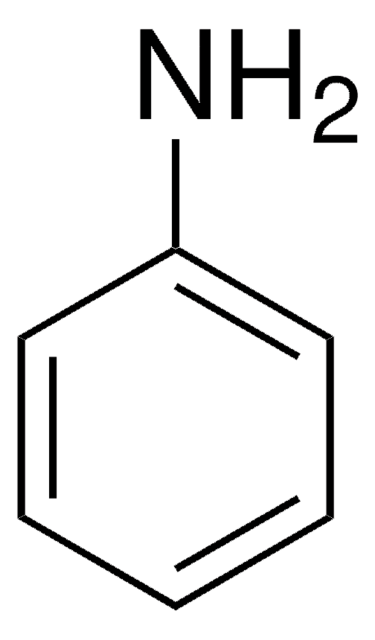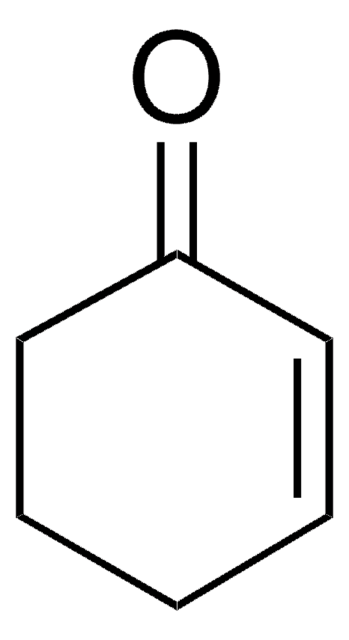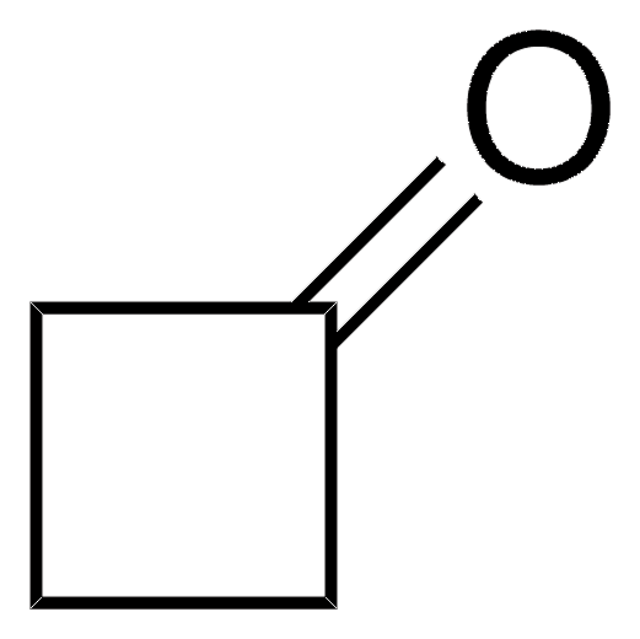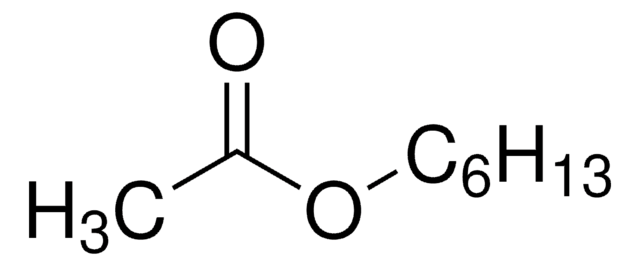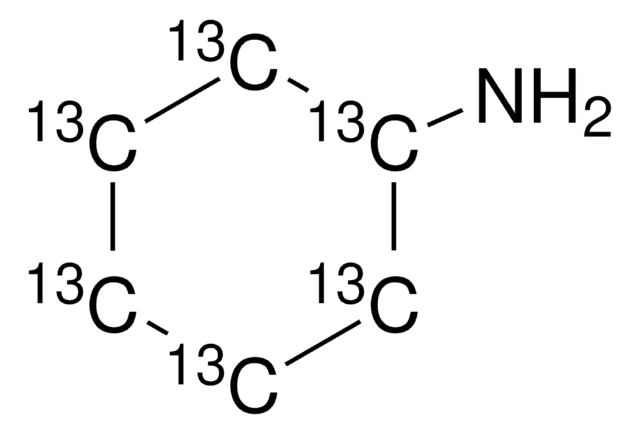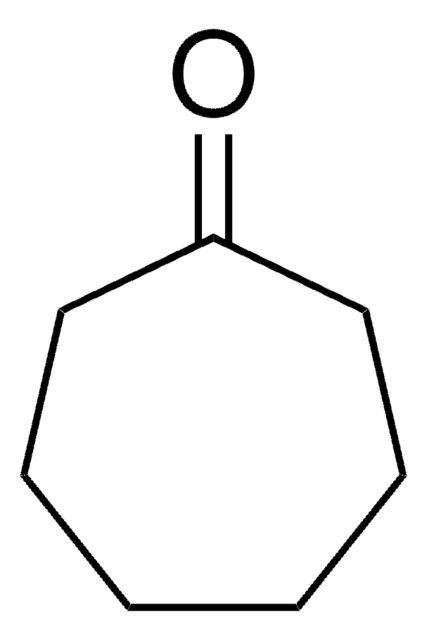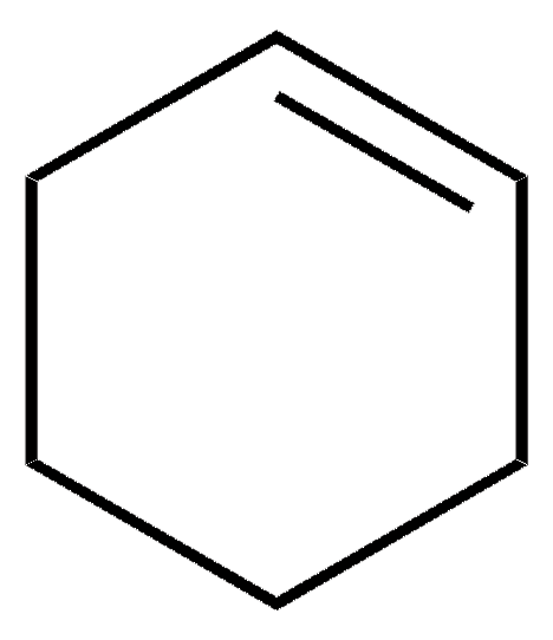398241
Cyclohexanone
ACS reagent, ≥99.0%
Synonym(s):
pimelic ketone
About This Item
Recommended Products
grade
ACS reagent
Quality Level
vapor density
3.4 (vs air)
vapor pressure
3.4 mmHg ( 20 °C)
Assay
≥99.0%
form
liquid
autoignition temp.
788 °F
expl. lim.
1.1 %, 100 °F
9.4 %
impurities
≤0.05% water
evapn. residue
≤0.05%
color
APHA: ≤10
refractive index
n20/D 1.450 (lit.)
bp
155 °C (lit.)
mp
−47 °C (lit.)
density
0.947 g/mL at 25 °C (lit.)
functional group
ketone
SMILES string
O=C1CCCCC1
InChI
1S/C6H10O/c7-6-4-2-1-3-5-6/h1-5H2
InChI key
JHIVVAPYMSGYDF-UHFFFAOYSA-N
Looking for similar products? Visit Product Comparison Guide
General description
Application
- Application in polymer physicochemical properties: Research highlights the utility of cyclohexanone in developing Poly(vinylidene fluoride) aerogels, emphasizing its role in manipulating polymorphic structures to tune physicochemical characteristics for advanced applications (Suresh et al., 2024).
Signal Word
Danger
Hazard Statements
Precautionary Statements
Hazard Classifications
Acute Tox. 4 Dermal - Acute Tox. 4 Inhalation - Acute Tox. 4 Oral - Eye Dam. 1 - Flam. Liq. 3 - Skin Irrit. 2 - STOT SE 3
Target Organs
Respiratory system
Storage Class Code
3 - Flammable liquids
WGK
WGK 1
Flash Point(F)
111.2 °F - closed cup
Flash Point(C)
44 °C - closed cup
Personal Protective Equipment
Choose from one of the most recent versions:
Already Own This Product?
Find documentation for the products that you have recently purchased in the Document Library.
Customers Also Viewed
Articles
The Baeyer-Villiger oxidation is the oxidative cleavage of a carbon-carbon bond adjacent to a carbonyl, which converts the ketones to esters and the cyclic ketones to lactones.
Our team of scientists has experience in all areas of research including Life Science, Material Science, Chemical Synthesis, Chromatography, Analytical and many others.
Contact Technical Service
